Easy Knit Top Project: Free Twisted-Cowl Tank Pattern
The sleeveless, loose-fitting top is easy to wear.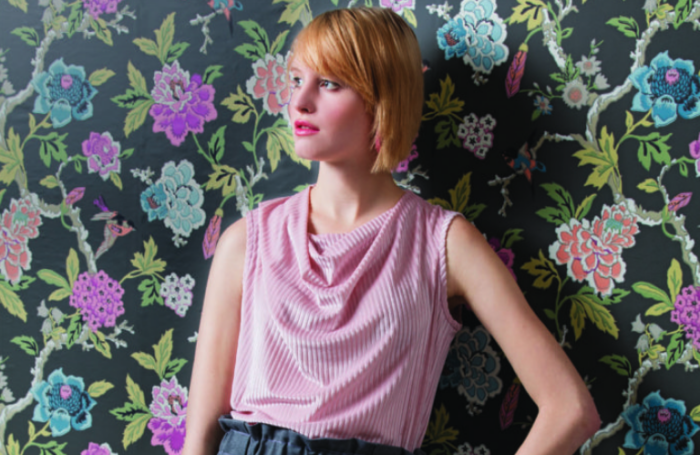
Use this free pattern to make a simple top that is a wonderful summertime garment. The twisted-cowl tank stands out from ordinary tank tops or T-shirts because of the graceful cowl neckline. Sew it, as well as our free paper-bag-waist skirt project, and you’ll build a warm weather wardrobe in no time.
The instructions for making the top are included in “Quick Knits” by Carrie Blaydes, in Threads #202, April/May 2019.
You can download the free pattern for the paper-bag-waist skirt, which is shown above and in the story, here. The skirt is also made from easy-wearing knit fabric.
Print the PDF patterns at full size. Then, use a photocopier to enlarge the patterns until the 1-inch guide square on the pattern is to scale. Alternatively, you can redraw your pattern size on 1-inch-grid pattern paper.
The twisted-cowl tank pattern is drafted in three sizes. Keep in mind that this is a loose-fitting design that has significant ease, but conforms gracefully to different body types. Size 1 fits busts 32 inches to 36 inches in circumference; Size 2 fits busts 34 inches to 38 inches in circumference, and Size 3 fits busts 40 inches to 44 inches in circumference.
The seam allowances are included in the pattern and are 1/2 inch wide throughout. Recommended fabrics for the twisted-cowl tank include modal or Cupro jersey, cotton-blend jersey, drapey novelty knits, and slinky knits.
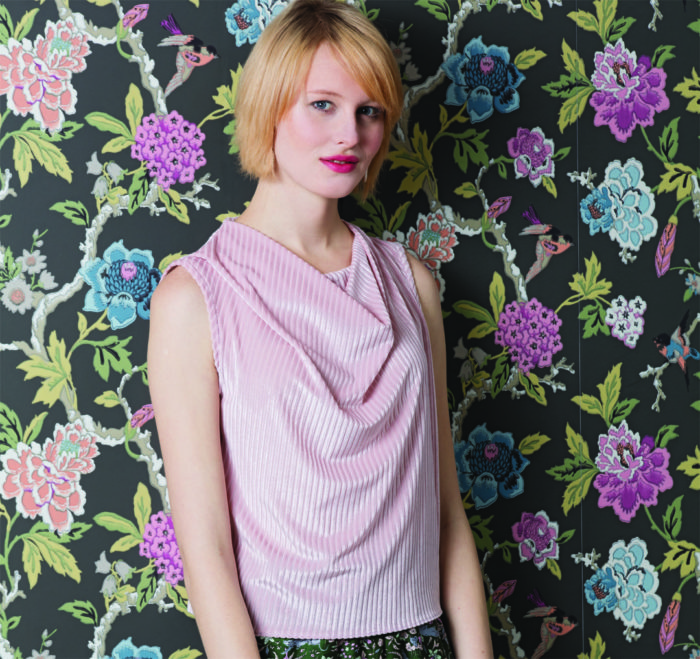
Photos by Jack Deutsch.


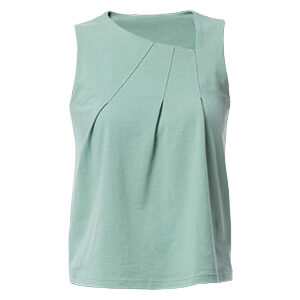
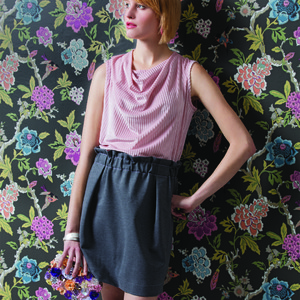
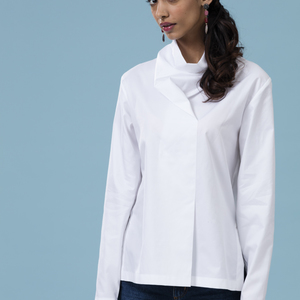

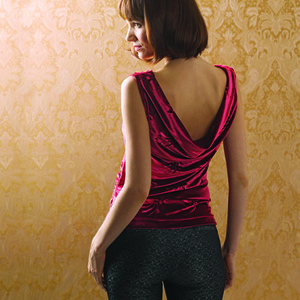






















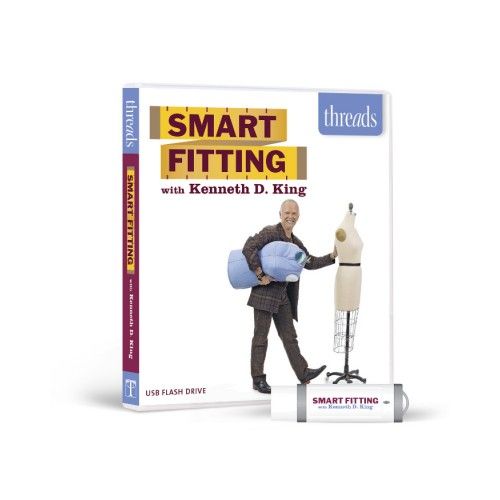
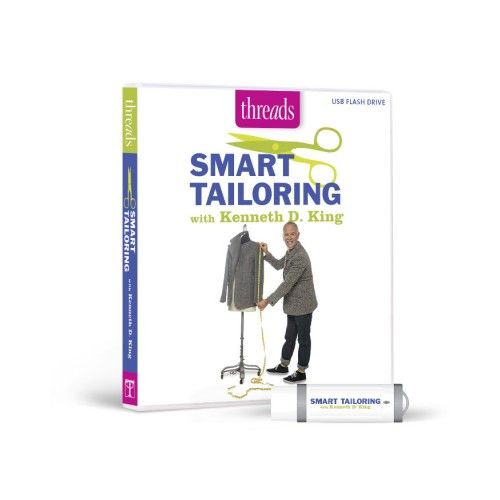

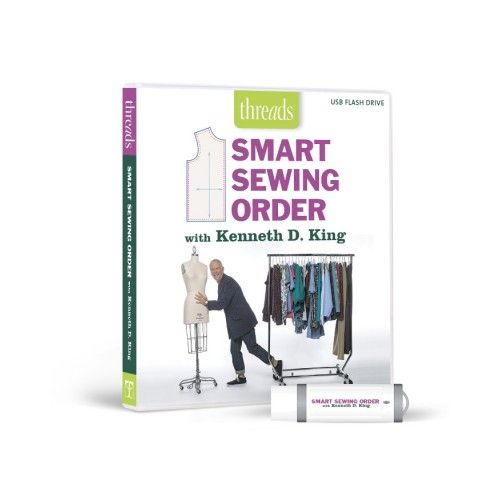



My print software does not show a tile option. And when I say print at 100 percent, it just prints 2 letter-sized sheets. Do you have any more tips on how to print this pattern? Thanks!
Hi. I'm on step 3 on the top and confused. I'm not sure what to fold, the long neckline 1/2 inch under? Or just do a little fold at the shoulder seam and baste? Another illustration here would help out. Suggestions?
Hi! It is just a small fold to keep the neckline edge folded under at the shoulder seam. You can see the fold shown on the left side of the step 3 illustration, with the "Baste" action. The basting is close to the shoulder edge and hidden in the shoulder seam allowance.